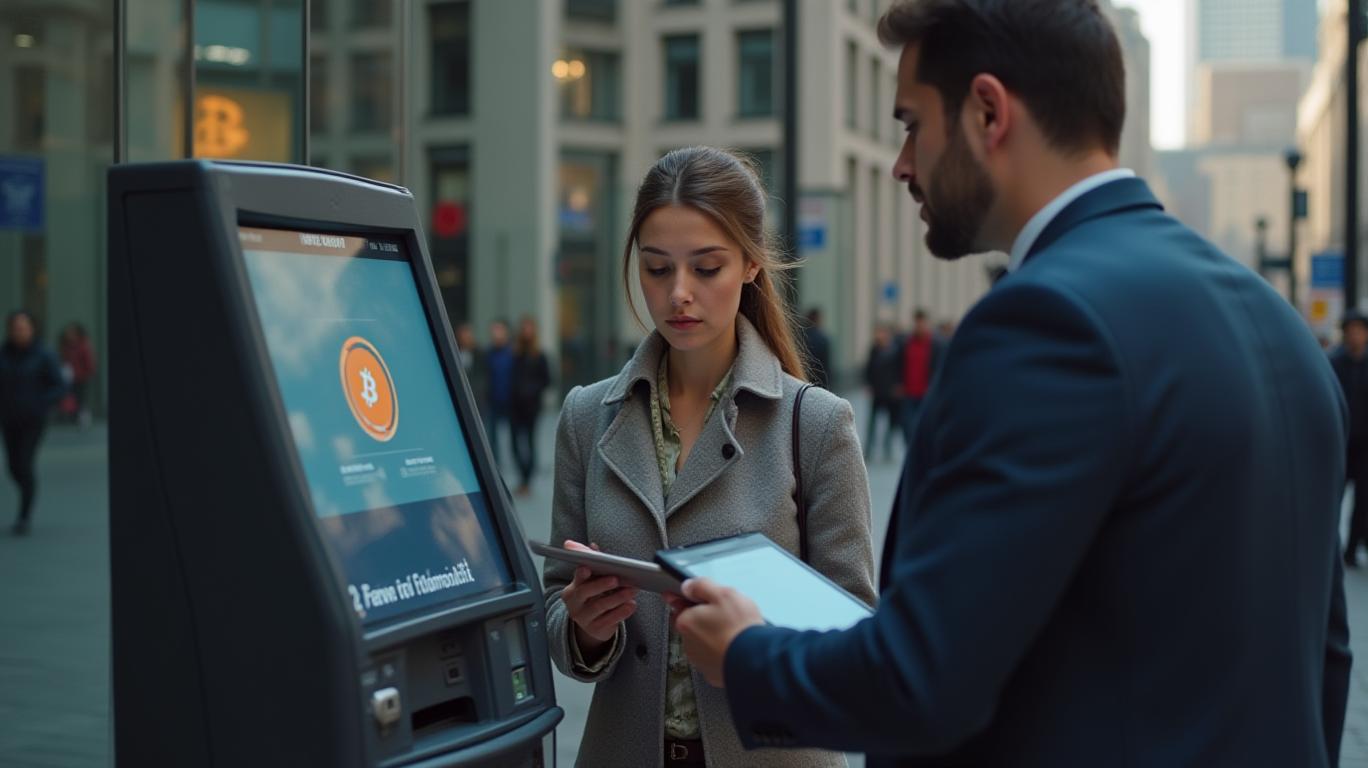Bitcoin ATMs Bridge Gap Between Crypto and Mainstream Finance
Bitcoin’s physical infrastructure, such as ATMs and kiosks, is often overlooked by the industry, which has traditionally focused on software and decentralization. This lack of investment in real-world infrastructure risks making crypto an exclusive system, rather than the open alternative it aims to be. Decentralization is not just about removing intermediaries; it also requires expanding access to ensure that crypto is not limited to a closed circle of insiders.
For crypto to become mainstream, it must be easily accessible both digitally and physically. This means integrating into people’s daily lives and being present in places they already frequent. Many Americans still rely on cash or do not have access to traditional banks. Bitcoin ATMs provide these users with access to crypto without the need for an app, a bank account, or extensive knowledge of blockchain. Most current crypto tools assume a level of financial fluency and infrastructure that many do not possess, creating a digital-only ecosystem that excludes newcomers.
Physical infrastructure, such as Bitcoin ATMs in grocery stores or gas stations, serves as a bridge to financial inclusion. These machines not only provide convenience but also generate new economic activity by increasing foot traffic and creating passive revenue for local businesses. They offer access to a parallel financial system that was previously out of reach for many communities, demonstrating crypto’s real-world utility.
The industry often overlooks the importance of physical infrastructure, focusing instead on building new digital solutions. This has created a blind spot, leading to systems that serve the few but exclude the many. When someone can buy Bitcoin at the same place they buy their morning coffee, crypto begins to feel like a part of everyday life rather than an obscure digital asset. As governments increase regulation, trusted and transparent interfaces will become more important. Bitcoin ATMs, when operated within regulatory frameworks, offer a way to provide access between traditional finance and digital assets, serving as a more approachable entry point for the general public.
Bitcoin ATMs have drawn scrutiny, particularly in cases where bad actors use them. However, rather than dismissing the machines, the focus should be on investing in better oversight, stronger consumer education, and smarter regulation. The majority of people who use Bitcoin ATMs do so for legitimate reasons, such as sending remittances or accessing digital assets without traditional banking barriers. Building trust does not mean avoiding or dismantling physical access but improving it.
The first time someone uses Bitcoin should be as familiar as using an ATM or tapping a payment terminal. This is not an argument against innovation; software and protocols will continue to evolve and play an important role. Physical infrastructure provides something those tools cannot: trust through presence. When people can see and use crypto in their neighborhood or at a store they already visit, it changes how they think about crypto and who it is for.
There are over 30,000 Bitcoin ATMs in the US, a meaningful start but still only a small step toward widespread access. Crypto’s long-term success will depend not just on innovation but also on inclusion. That means building more than networks; it means building presence. When people can interact with crypto in the physical world, it stops being abstract and becomes usable. That is how digital finance becomes everyday finance.


Comments
No comments yet